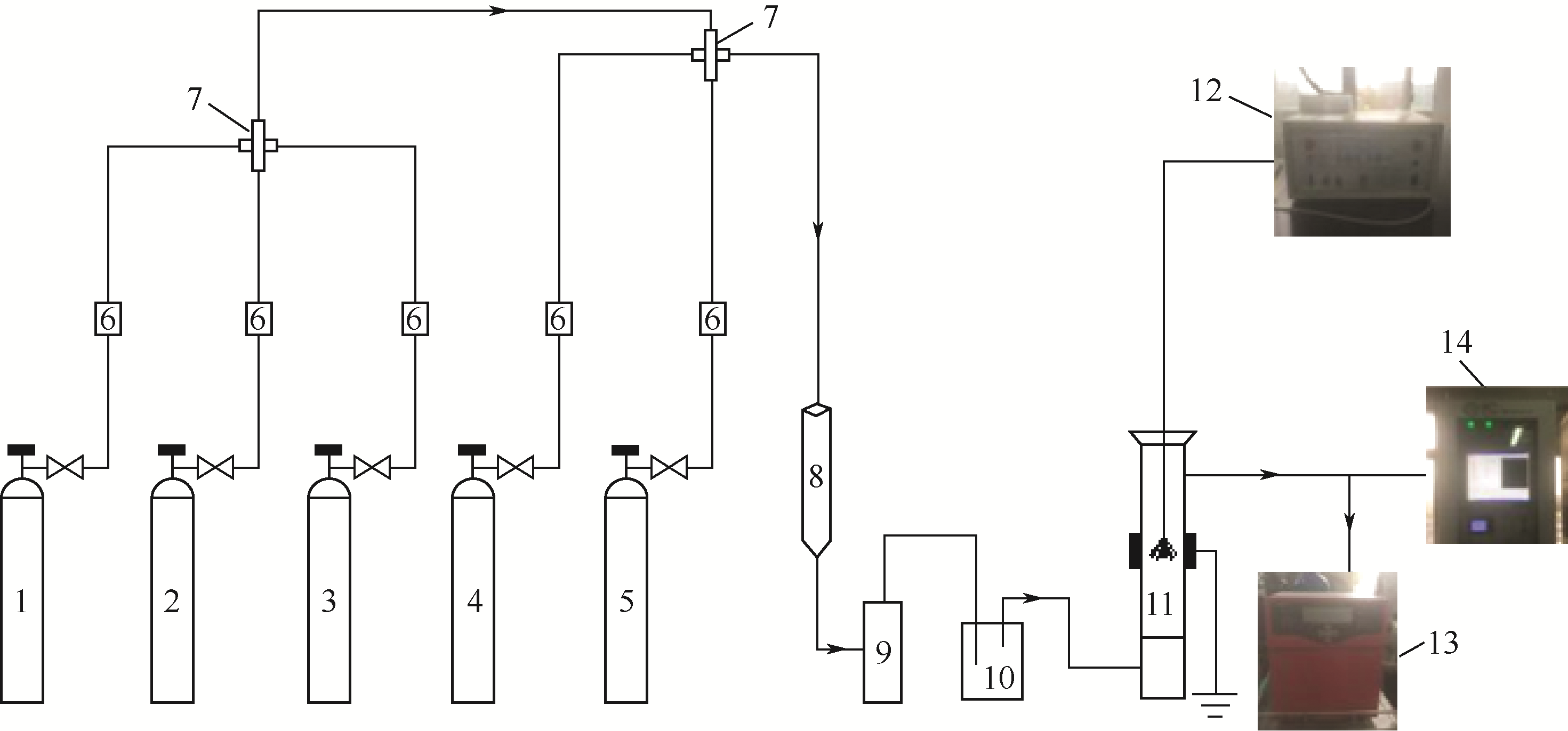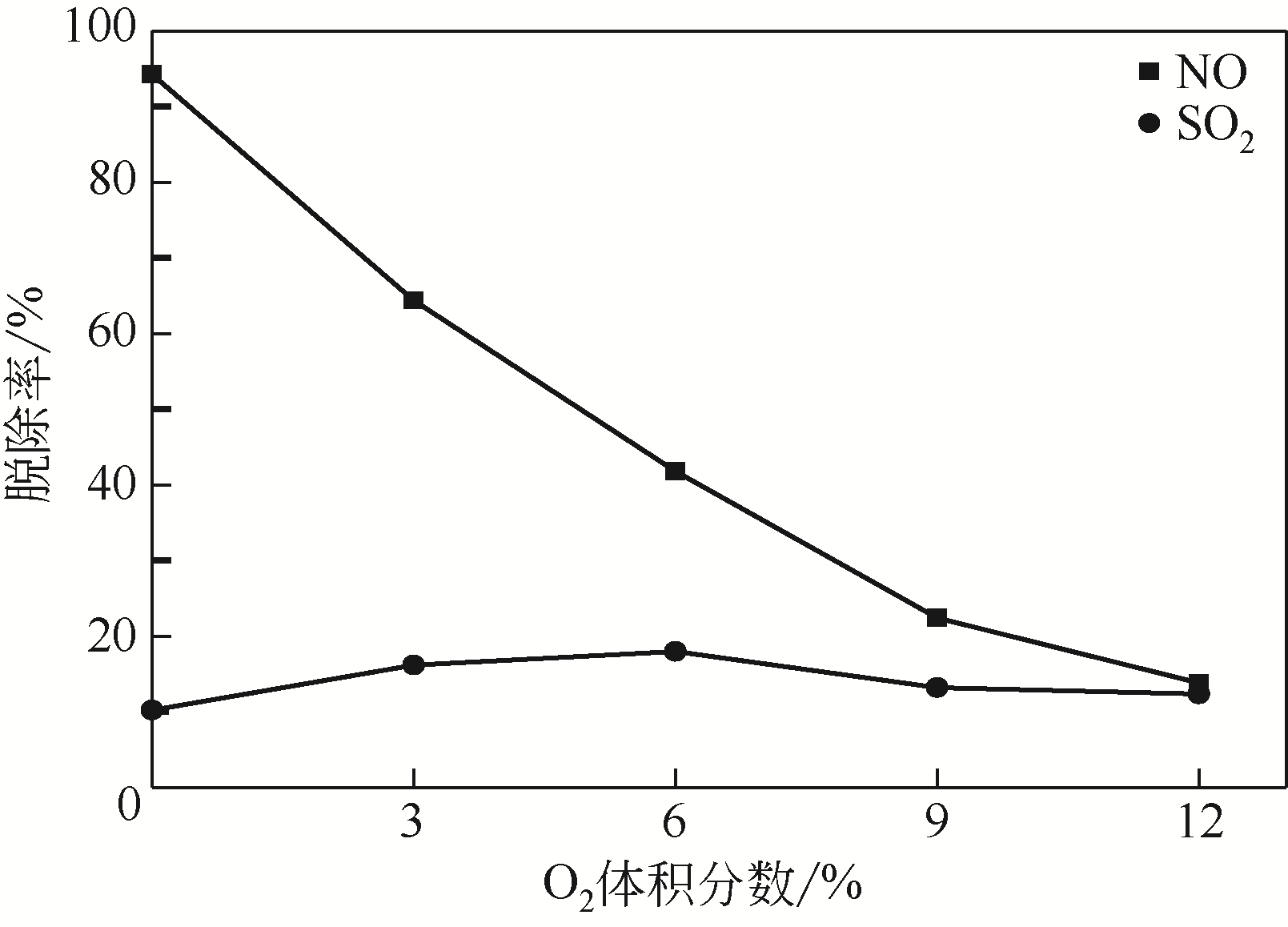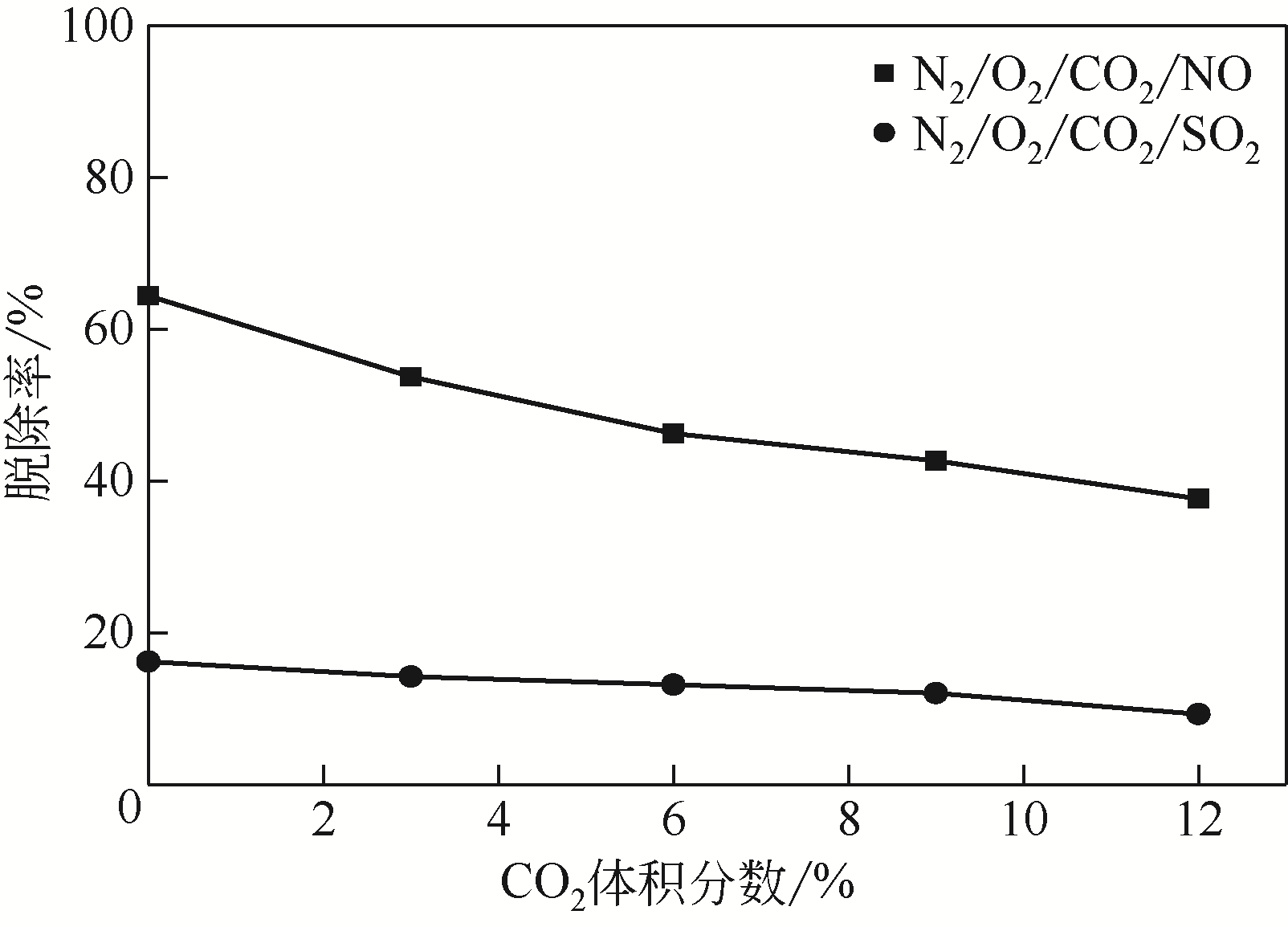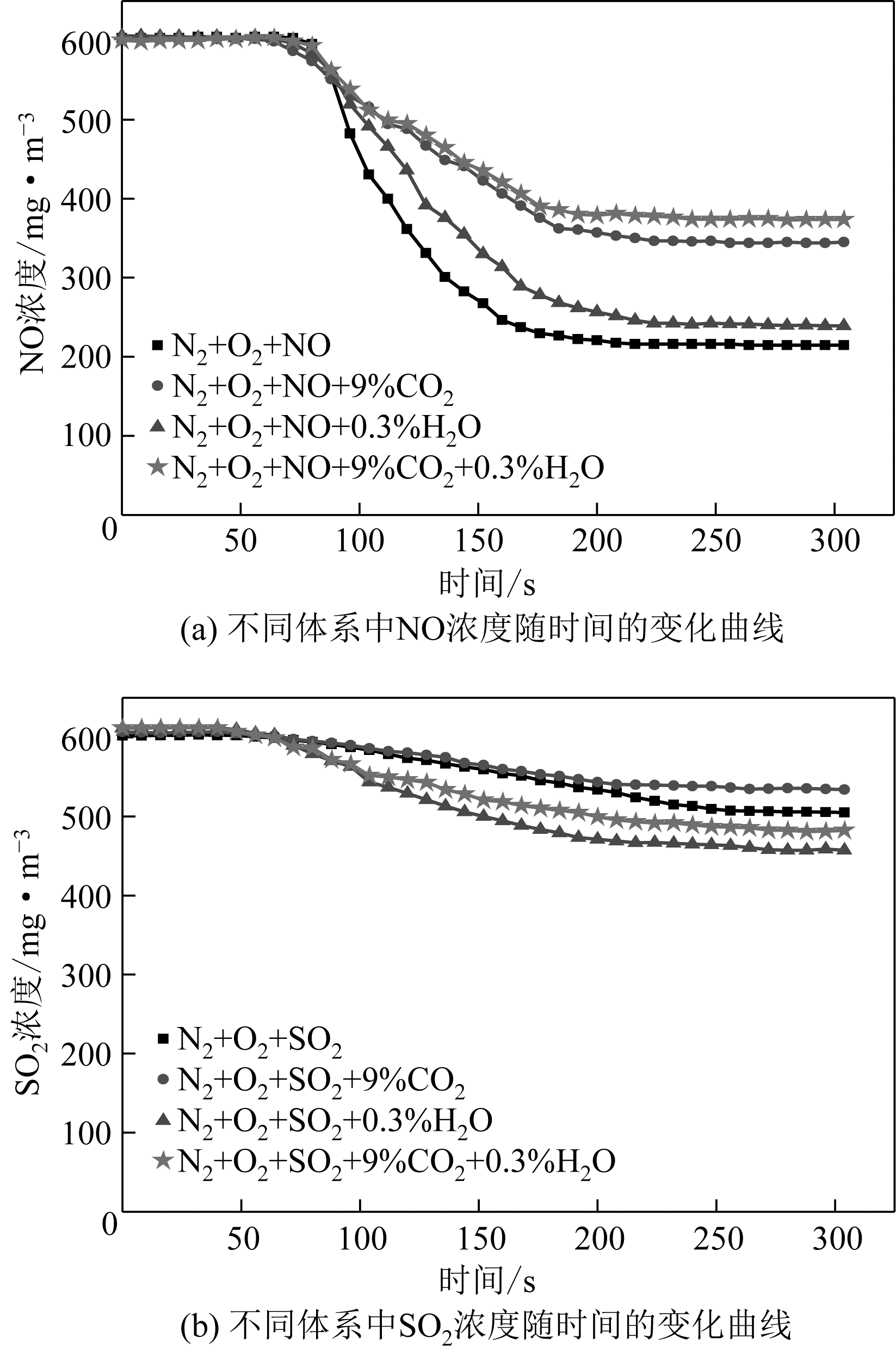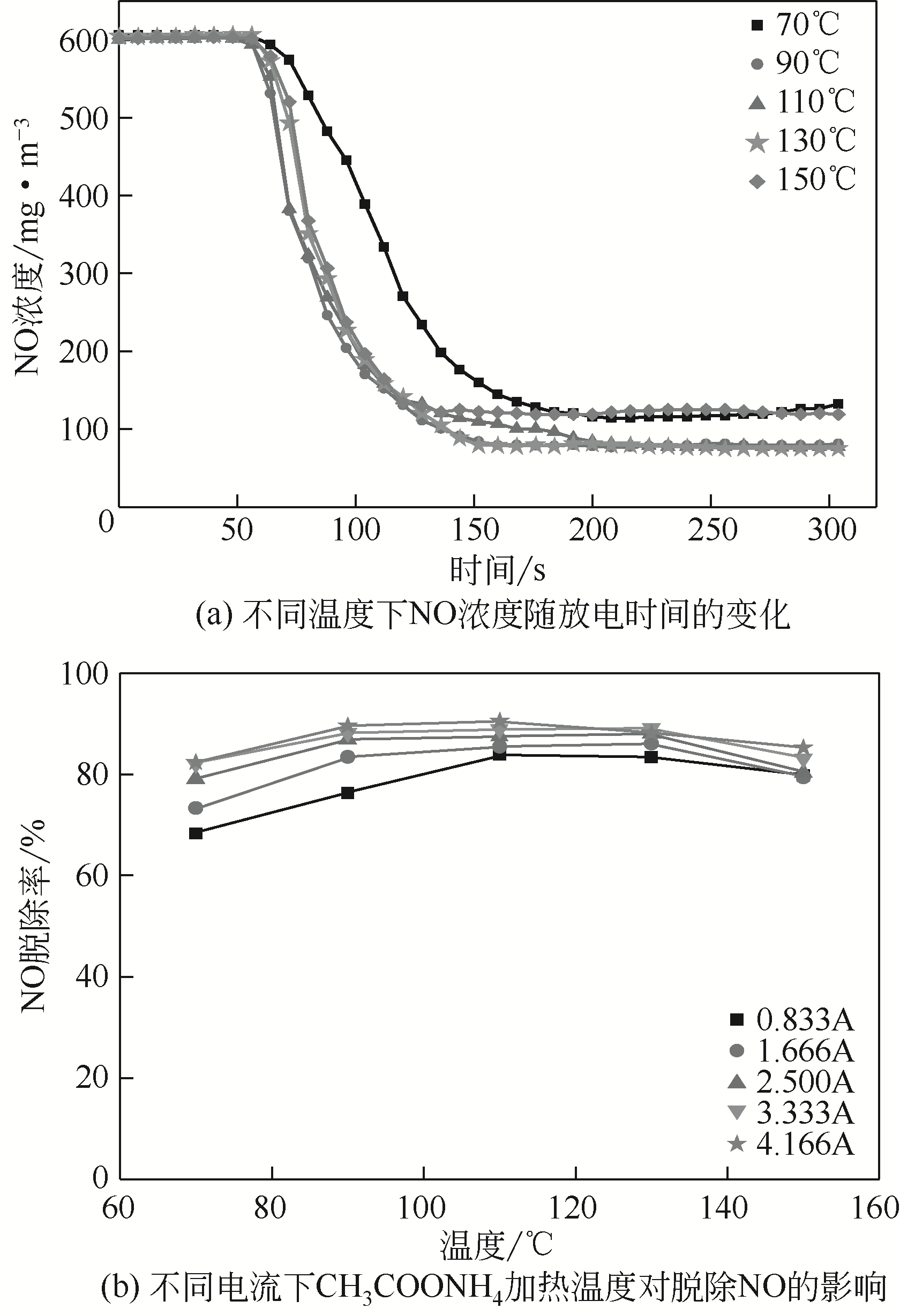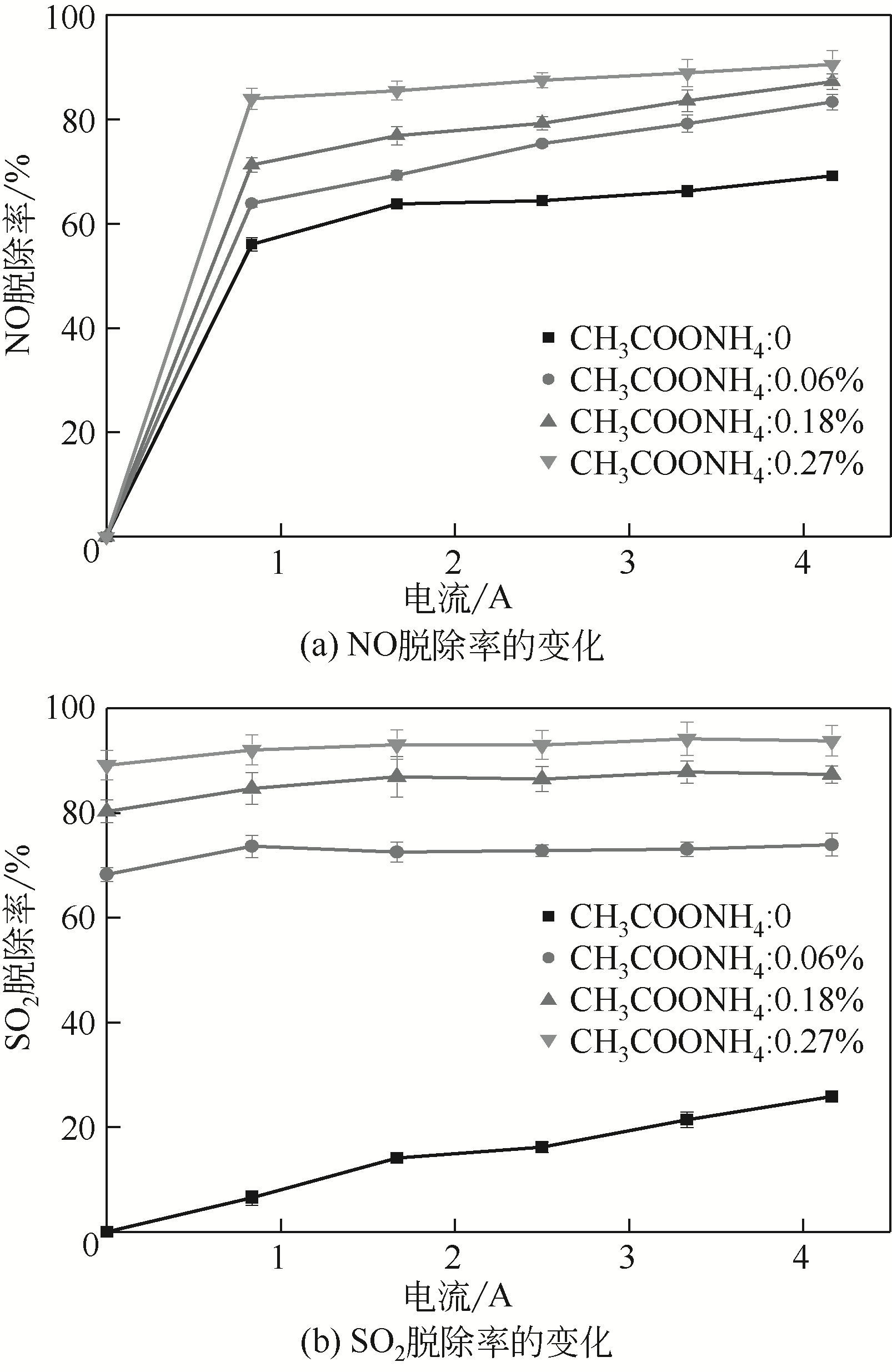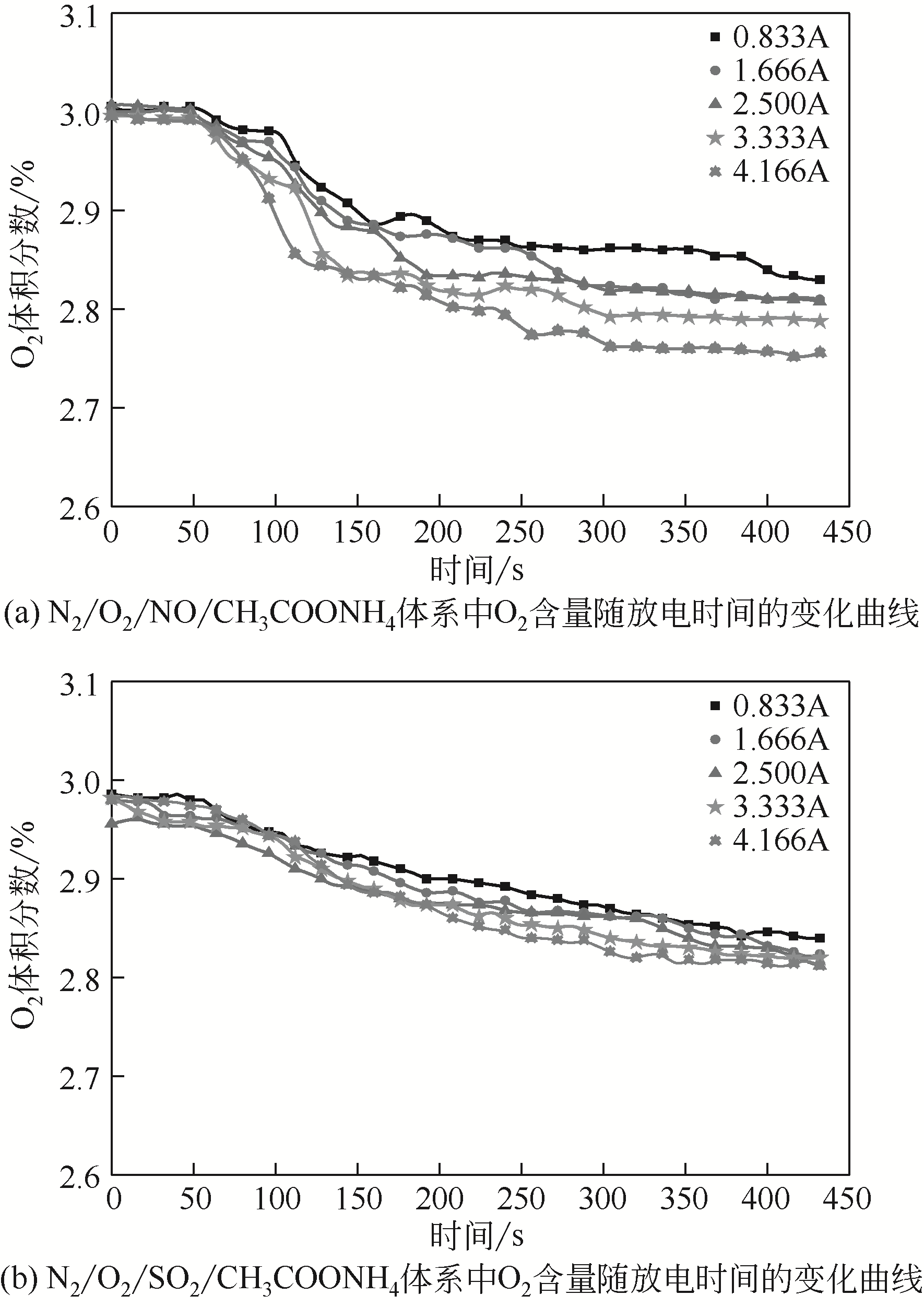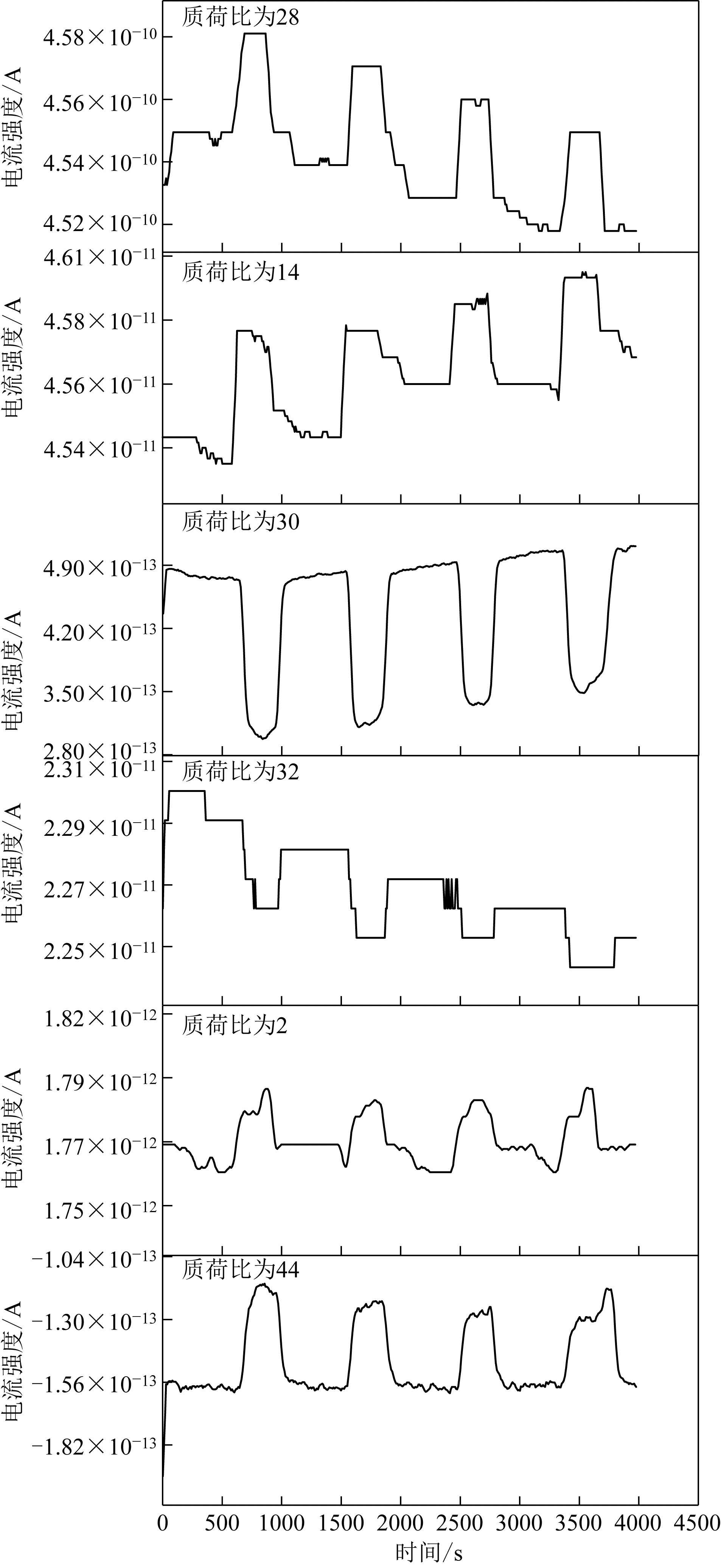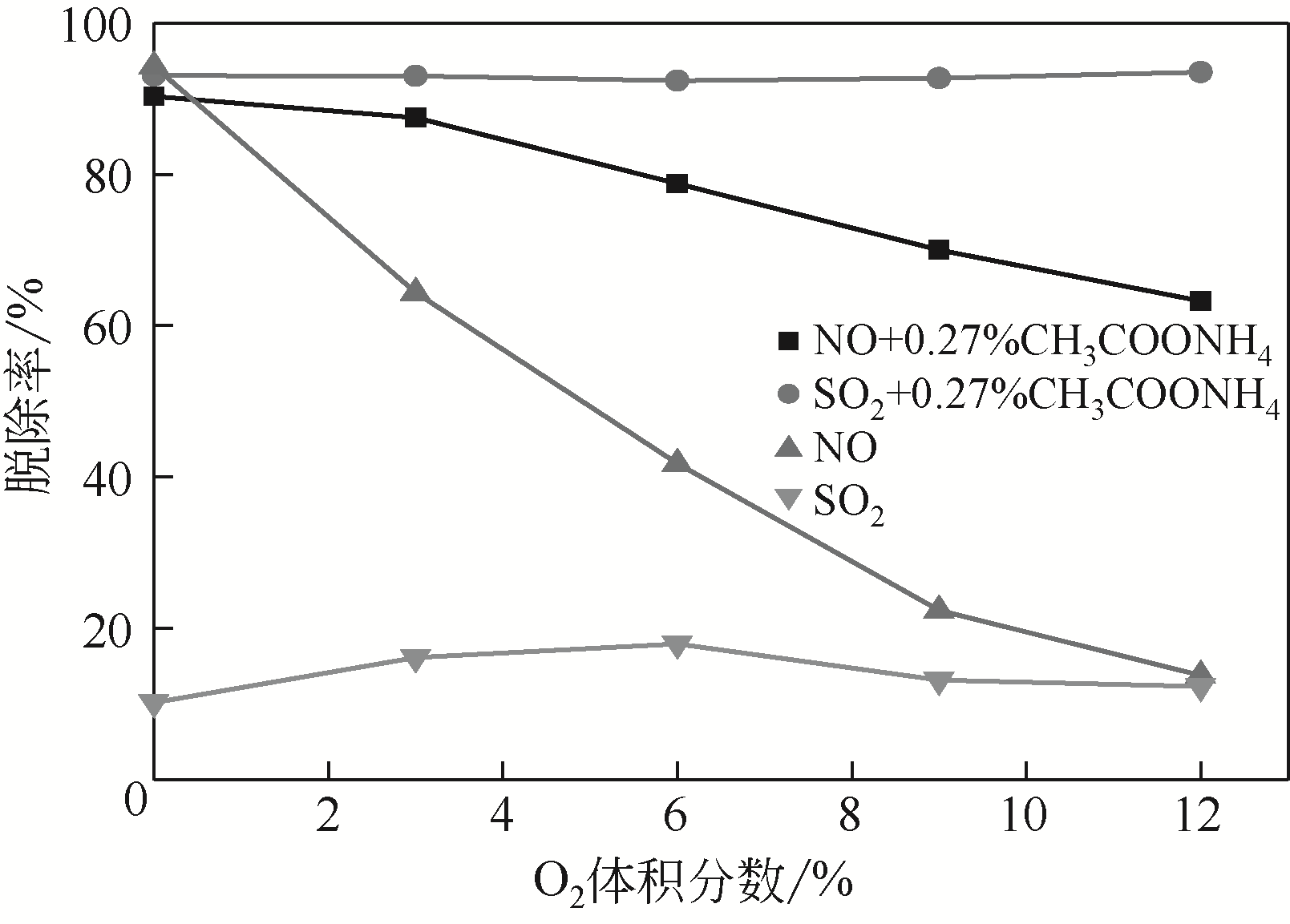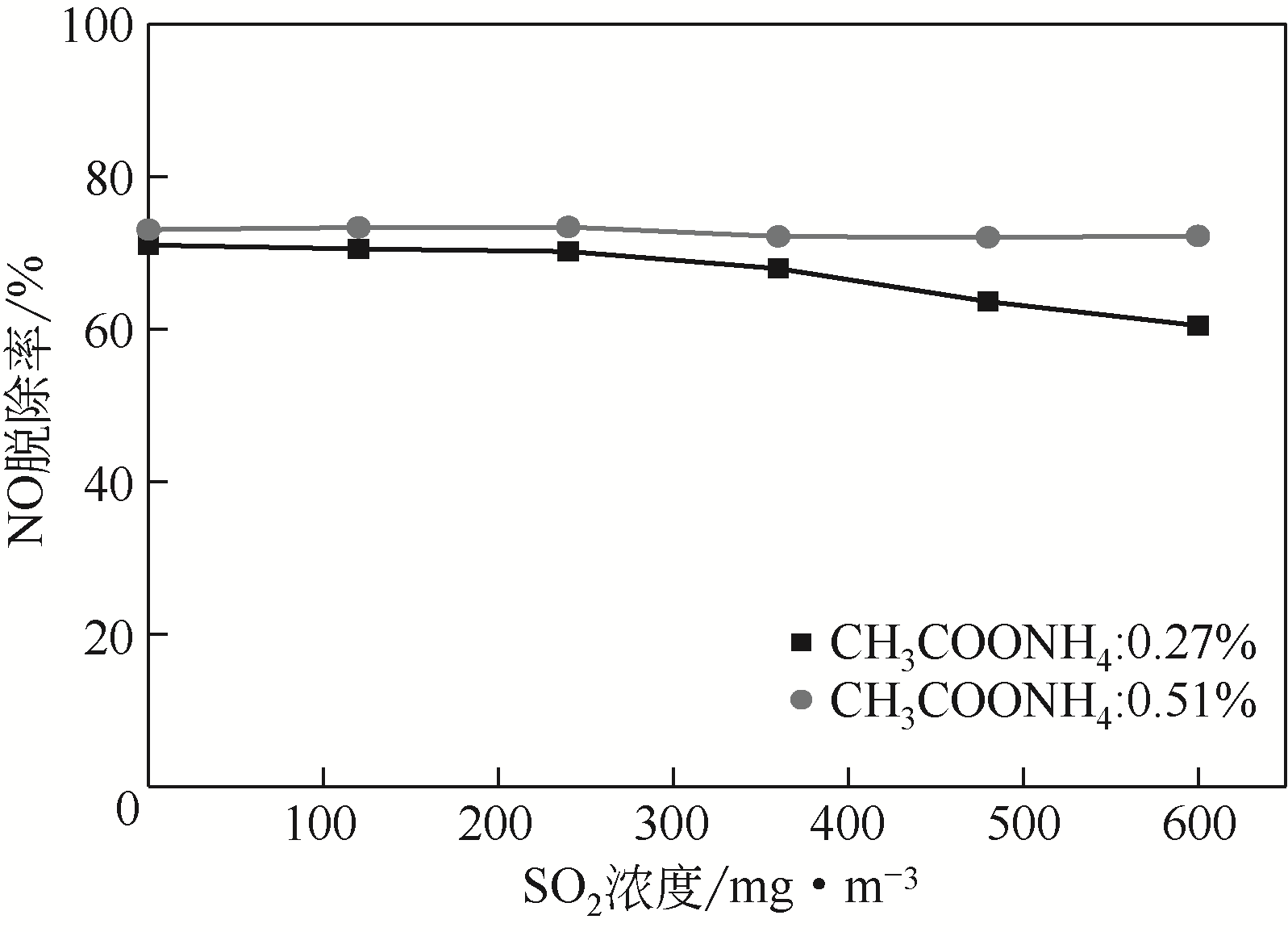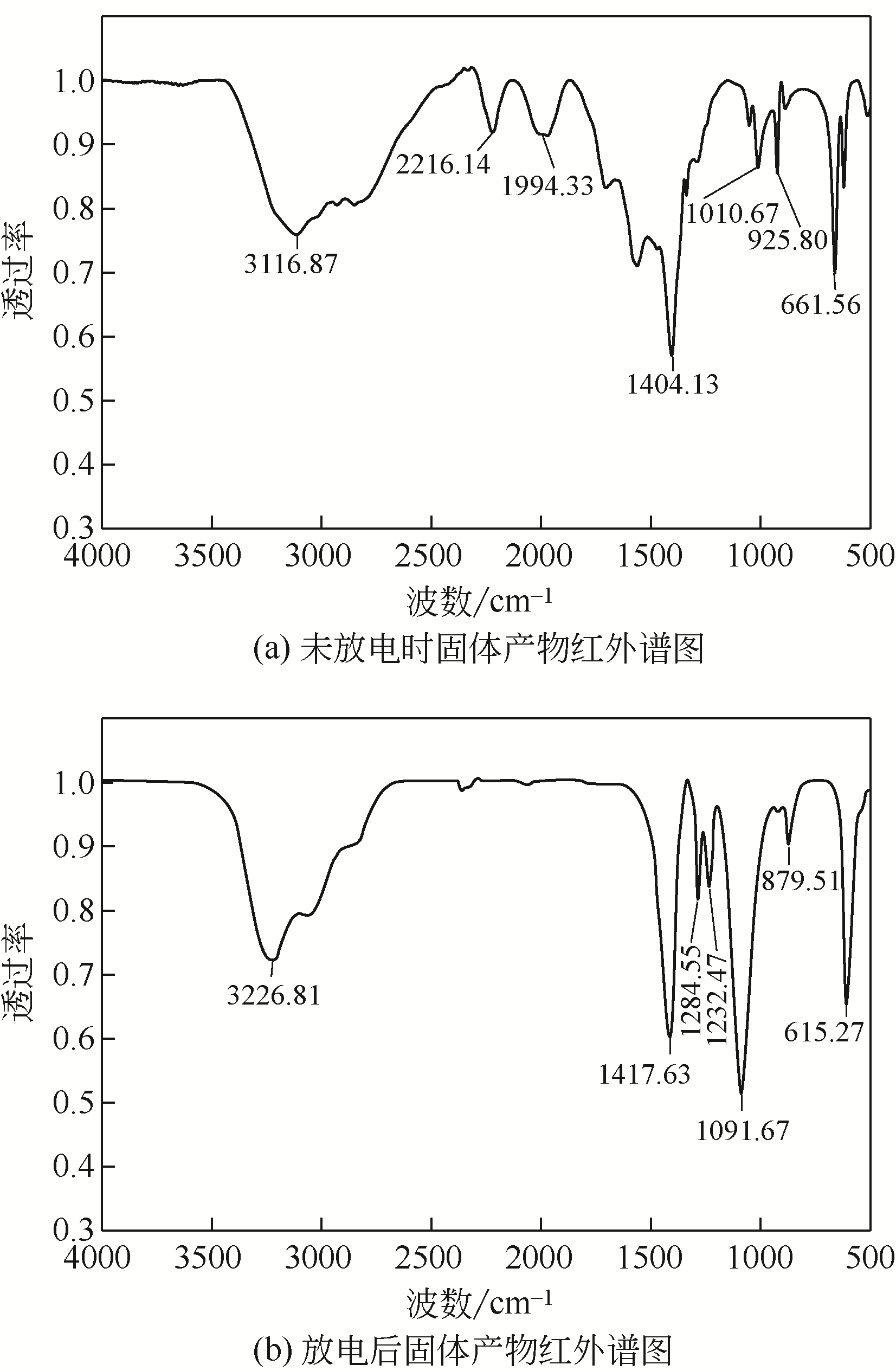| 1 |
李戌敏 . 烟气脱硝技术在火电厂项目中的应用[J]. 技术与市场, 2017, 24(2): 73-74.
|
|
LI Xumin . Application of flue gas denitrification technology in thermal power plant project [J]. Technology and Market, 2017, 24(2): 73-74.
|
| 2 |
高岩, 栾涛, 徐宏明, 等 . 焙烧温度对选择性催化还原催化剂表征及活性的影响[J]. 中国电机工程学报, 2013, 32(s1): 143-148.
|
|
GAO Yan , LUAN Tao , XU Hongming , et al . Effect of calcination temperature on the characterization and activity of selective catalytic reduction catalysts [J]. Proceedings of CSEE, 2013, 32(s1):143-148.
|
| 3 |
刘新, 王树东 . 非热等离子体烟气脱硝中的二氧化硫、氨和温度的效应[J]. 化工学报, 2006, 57(10): 2411-2415.
|
|
LIU Xin , WANG Shudong . Effects of sulfur dioxide, ammonia and temperature in non-thermal plasma flue gas denitration [J]. Journal of Industry and Engineering(China),2006, 57(10): 2411-2415.
|
| 4 |
丁凝, 黄海涛, 李歆, 等 . 电晕等离子体烟气脱硫脱硝机理及影响因素探讨[J]. 安全与环境工程, 2008, 15(1): 25-29.
|
|
DING Ning , HUANG Haitao , LI Xin , et al . Discussion on mechanism and influencing factors of corona plasma flue gas desulfurization and denitration [J]. Safety and Environmental Engineering, 2008, 15(1): 25-29.
|
| 5 |
杜旭 . 烟气成分对介质阻挡放电脱硫脱硝的影响[D]. 北京: 华北电力大学, 2012.
|
|
DU Xu . Effect of flue gas composition on desulfurization and denitration by dielectric barrier discharge [D]. Beijing: North China Electric Power University, 2012.
|
| 6 |
LI Hua , TANG Xiaolong , YI Honghong , et al . Study on oxidation and decomposition properties of no in plasma [J]. Thermal Power Generation, 2010, 39(5): 9-17.
|
| 7 |
郭彬, 栾涛 . 介质阻挡放电低温等离子体脱硝性能研究[J]. 核聚变与等离子体物理, 2017 , 37(2): 236-243.
|
|
GUO Bin , LUAN Tao . Study on denitrification performance of low temperature plasma by dielectric barrier discharge [J]. Nuclear Fusion and Plasma Physics, 2017, 37(2): 236-243.
|
| 8 |
DE BO I , HEYMAN J , VINCKE J . Dimethyl sulfide removal from synthetic waste gas using a flat poly(dimethyl siloxane)-coated composite membrane bioreactor [J]. Environmental Science & Technology, 2003, 37(18): 4228.
|
| 9 |
王承智, 胡莜敏, 石荣, 等 . 等离子体技术应用于气相污染物治理综述[J]. 环境污染与防治, 2006, 28(3): 205.
|
|
WANG Chengzhi , HU Youmin , SHI Rong , et al . Review of plasma technology applied in the treatment of gaseous pollutants [J]. Environmental Pollution and Prevention, 2006, 28(3): 205.
|
| 10 |
孙保明, 尹水娥, 肖海平, 等 . 介质阻挡放电脱硫脱硝过程特性[J]. 化工学报, 2010, 61(2): 469-476.
|
|
SUN Baoming , YIN Shuie , XIAO Haiping , et al . Characteristics of desulfurization and denitrification process by dielectric barrier discharge [J]. CIESC Journal , 2010, 61(2): 469-476.
|
| 11 |
KUNHARDT E . Generation of large volume atmospheric pressure non-equilibrium plasmas [J]. IEEE Trans. on Plasma Science, 2000, 28(1): 189-200.
|
| 12 |
SUZUKI N , NISHIMURA K , TOKUNAGA O , et al . Radiation treatment of exhaust gases: NO decompositionin NO-N2 and NO-rare gas mixtures [J]. Journal of Nuclear Science and Technology, 1978, 15(8): 597-601.
|
| 13 |
YANG Lan , LIAN Ke , ZHANG Xiang , et al . Nitric oxide removal from flue gas using dielectric barrier discharge coupled with negative pulse corona [J]. Chemical Engineering Research & Design, 2019, 143: 170-179.
|
| 14 |
TSAI C H , YANG H H , JOU C J, et al . Reducing nitric oxide into nitrogen via a radio-frequency discharge [J]. Journal of Hazardous Materials, 2007, 143(1/2):409.
|
| 15 |
FUTAMURA S , ZHANG A , YAMAMOTO T . Behavior of N2 and nitrogen oxides innon-thermal plasma chemical processing of hazardous air pollutants [J]. IEEE Transactions on Industry Applications, 2000, 36(6): 1507-1514.
|
| 16 |
孙明 . OH, NH2自由基提高脉冲放电等离子体烟气脱硫效率的研究[D]. 大连: 大连理工大学, 2004.
|
|
SUN Ming . OH, NH2 radicals improve the efficiency of flue gas desulfurization in pulsed discharge plasma [D]. Dalian: Dalian University of Technology, 2004.
|
| 17 |
ZHAO Guibin , HU Xudong , ARGYLE M D , et al . Effect of CO2 on nonthermal-plasma reactions of nitrogen oxides in N2: ppm-level concentrations[J]. Industrial & Engineering Chemistry Research, 2005, 44(14): 3945-3946.
|
| 18 |
YIN Shuie , SUN Baomin , GAO Xudong , et al . Effect of relative humidity on removal of NO and SO2 from flue gas in dielectric barrier discharge reactor [J]. Journal of Chinese Society of Power Engineering, 2010, 30(1):41-46.
|
| 19 |
ZHU Y M . Optimization off pulsed corona discharged for flue gas treatment [J]. Advances Environmental Science, 1997, 5(5): 75.
|
| 20 |
浦鹏, 刘啸, 彭亚东, 等 . 助剂(C2H4、NH3)添加对AC/DC流光放电等离子体脱硝效果的影响[J]. 环境工程学报, 2017, 11(1): 483-489.
|
|
PU Peng , LIU Xiao , PENG Yadong , et al . Effect of additives (C2H4, NH3) addition on denitrification of AC/DC streamer discharge plasma [J]. Journal of Environmental Engineering, 2017, 11(1): 483- 489.
|
| 21 |
DINELL G . Pulse power electrostatic technologies for the control of flue gas emissions [J]. Journal of Electrostatics, 1990, 25(1): 23-40.
|
| 22 |
罗渝然 . 化学键能数据手册[J]. 科学通报, 2005, 50(8): 759.
|
|
LUO Yuran . Chemical bond data sheet [J]. Chinese Science Bulletin, 2005, 50(8): 759.
|
| 23 |
李艳荣, 张香, 杨岚, 等 . 钠添加剂对介质阻挡-电晕放电耦合法尿素脱除NO的影响[J]. 化工进展, 2018, 37(5): 1978-1984.
|
|
LI Yanrong , ZHANG Xiang , YANG Lan , et al . Effects of sodium additives on urea removal of NO by dielectric barrier-corona discharge coupling [J]. Chemical Industry and Engineering Progress, 2018, 37(5): 1978-1984.
|
| 24 |
冉艳雄 . Ni基催化剂上乙酸蒸汽重整反应机理研究[D]. 太原: 太原理工大学, 2017.
|
|
RAN Yanxiong . Study on reaction mechanism of acetic acid steam reforming over Ni-based catalyst [D]. Taiyuan: Taiyuan University of Technology, 2017.
|
 ),Lan YANG1,2,Lu LIU1,2,Xiaoxun MA1,2(
),Lan YANG1,2,Lu LIU1,2,Xiaoxun MA1,2( )
)
